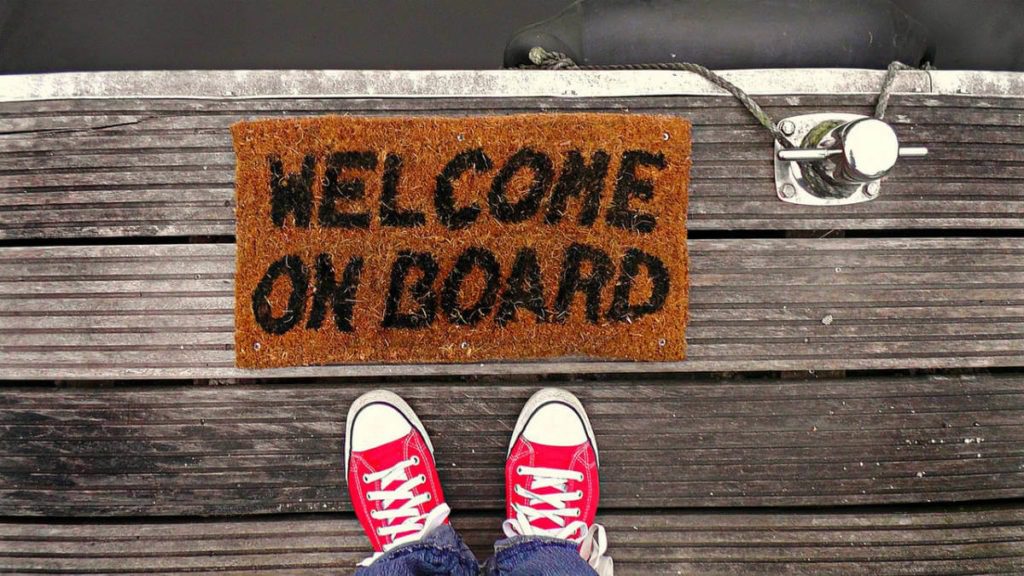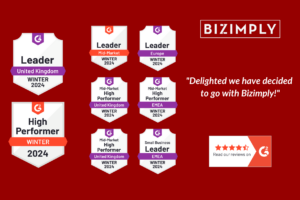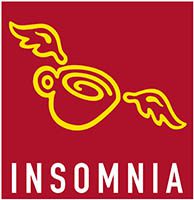Small changes that make a big difference
In the first two articles in this series we acknowledged that staff recruitment (attracting suitable candidates, and then interviewing them) is challenging in any kind of business, and that in sectors such as hospitality and retail it can be particularly difficult and demanding on your time.
But let’s say you’ve finally got some great candidates through the door?
In the third of our series on how a few small adjustments to your approach can make a big difference, let’s take a look at employee onboarding.
Part 3: Employee Onboarding
Most of us have, at some point in our careers, had a bad experience as a job starter. It is usually one of two extremes.
The first is when you start during a quiet period and nobody pays you any attention. Very disconcerting. And the worst thing from the employer’s perspective is, that person has a lot of time on their hands to reflect on whether they made a bad choice accepting the job! It can be demotivating, especially for young people.
The other extreme, of course, is being run off your feet and being left to muddle your way through.
Yes, we can learn from mistakes. But that should not be at the expense of colleagues or customers.
Onboarding refers to the processes by means of which new employees acquire the necessary knowledge, skills, and behaviours in order to become effective members of your team. Until recently the term was regarded as “management-speak”. Today it is quite simply, best practice in any organisation.
The Employee Onboarding Checklist
Effective employee onboarding is a way to increase staff retention. Given the time and money you spent recruiting and hiring, you’ll appreciate how important that is. So, we suggest you draw up a checklist and follow it through with every new hire:
- Send a welcome letter confirming the appointment.
Once you have chosen the right candidate and hired them, send them a “welcome on board” email or letter. Everyone wants to feel wanted.
- Inform other team members about the appointment.
Speak directly to those who will be working alongside the new appointment and inform the entire organisation with an email. Ask them politely to give the new hire “every assistance” in coming up to speed.
- Assign a “buddy”.
Having interviewed the new hire you will have a good idea about who would make a good mentor. Though the word “mentor” sounds a bit formal and implies superiority. Better to make the new hire feel like an equal from the start. But the point is to give someone the responsibility to make the new hire feel welcome and effective. Make sure the “buddy” understands this.
- Explain duties (again).
Yes, you will have done this in the interview(s). But go through it again, so that they are clear about their responsibilities.
- Explain benefits (again).
Reiterate the benefits of the job to the new employee, paying special attention to the “soft” benefits. Emphasise the things you take pride in, such as your good reputation in the local community, the quality of your menu etc. Onboarding is most successful when the employee is convinced that your business is a great place to work. You want them to feel the same pride you do.
- Take them on a tour.
On their first day, you need to ensure that the new employee is familiar with the layout of your facilities, including: table numbers and areas, storage areas, lavatories, fire exits, first aid areas, smoking areas, offices.
- Stress the importance of hygiene.
The best time to do this is while on your tour of the facilities, because then it will stick in the memory. For example, when you reach the fridges and freezers, underline the importance of the cleaning and inspection roster.
- Give advice on cross-selling and up-selling.
Waiting staff should be able to interpret the menu, explain what items taste like, recommend dishes that go together etc. Side dishes and extras are where most establishments make their highest margins. Likewise bar staff should be coached in up-selling, e.g. promoting the “malt whisky of the week” to customers who order an ordinary blended whisky.
- Be clear about policies such as tipping and breaks.
Service gratuities can be a source of friction between staff, so it is essential to spell out your policy from day one. If you have a tronc scheme, explain it. You should likewise be clear about policies on meal breaks, smoking etc.
- Timetable a debrief.
You should arrange an interview between yourself (or a manager) and the new hire, ideally at the end of their first week. Ask them what went well and ask them for honest feedback on where things could have gone better. And you should give an honest assessment of their performance, stressing the positive. If the new employee struggled in some areas, sugar-coat any feedback with phrases such as “don’t worry, you’ll get the hang of it” and “everyone finds that difficult at first”.
In the next article, we’ll move onto the next stage which is employee management, and discuss scheduling.









